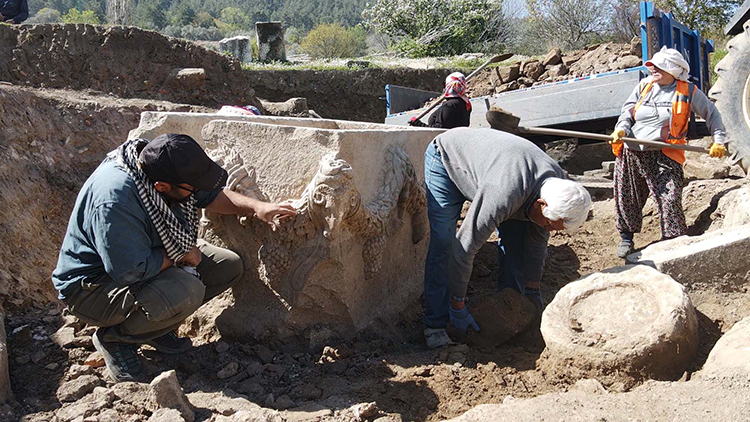
2,000-Year-Old Garland Sarcophagus Unearthed in “City of Gladiators,” Stratonikeia
The ancient city of Stratonikeia, located in the Yatağan district of Muğla and known as the “City of Gladiators,” has revealed another significant historical treasure. During excavation work in the ancient city, which is on UNESCO’s Tentative World Heritage List and considered one of the largest marble cities in the world, a magnificent garland sarcophagus dating back approximately 2,000 years has been brought to light.
Ongoing excavation work since 1977 continues to illuminate and restore historical structures in Stratonikeia, which encompasses important layers from the Hellenistic, Roman, Byzantine, Menteşe Beylik, Ottoman, and Republican periods. Prof. Dr. Bilal Söğüt, Head of the Stratonikeia and Lagina Excavation Committee, shared details about the meticulous work being carried out in this historically significant center of the Caria region.
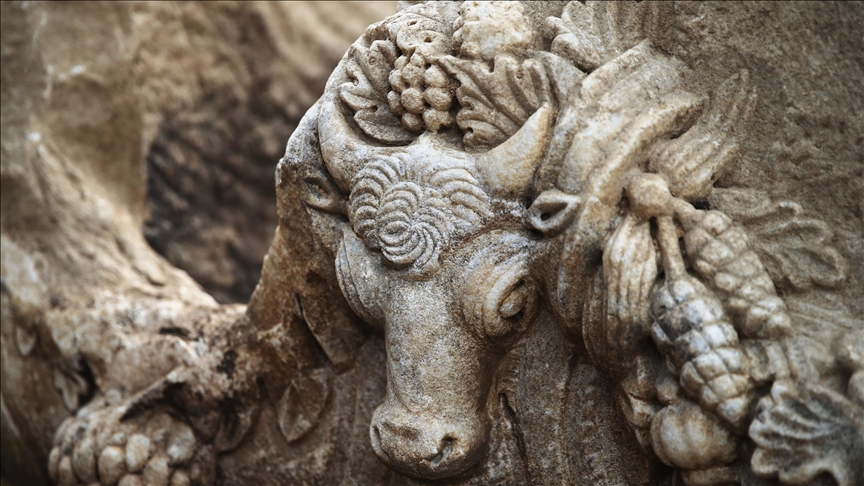
In his statement to an Anadolu Agency correspondent, Prof. Dr. Söğüt noted that the excavation, restoration, and drawing work is being conducted under the “Heritage for the Future Project.” Focusing on the Late Antique Period in the excavations carried out in the Agora (the central public space in ancient cities surrounded by public buildings, serving as a hub for political, religious, and commercial activities), Dr. Söğüt stated, “During our excavations in this area, we unearthed a garland sarcophagus (decorated with wreaths of fruits, flowers, and leaves) dating back approximately 2,000 years, which had previously been moved here from the Necropolis (ancient cemetery).”
“The Most Beautiful Example in the Ancient City’s Sarcophagus Collection”
Emphasizing that the discovered sarcophagus is one of the most remarkable examples within the ancient city’s existing sarcophagus collection, Söğüt mentioned that sarcophagi were produced in Stratonikeia during the ancient period and that there is even information suggesting these sarcophagi were sent to different regions.
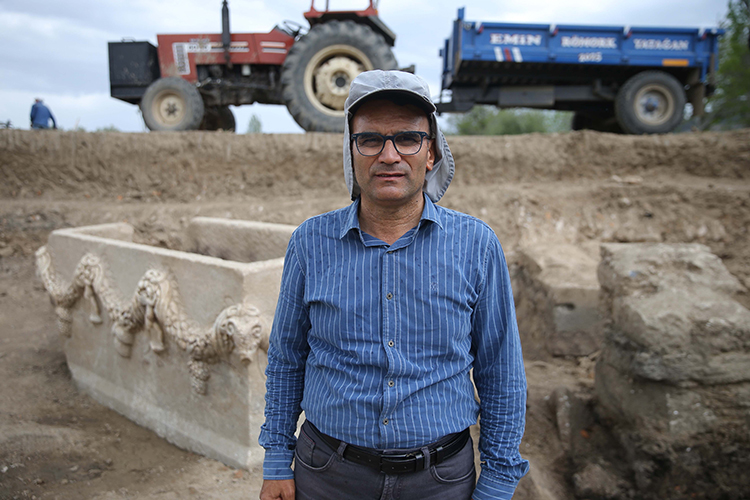
Detailing the features of the sarcophagus, Söğüt said, “The sarcophagus has ram heads at its corners, while the central sections feature Eros figures, known as the god of love in antiquity and depicted as a child, and bull heads. This sarcophagus represents one of the best examples among garland-decorated ones, both in terms of the variety of figures and the clarity with which its history can be determined. Especially with the work we have done in Stratonikeia, we can say that we now possess the most beautiful sarcophagus basin here.”
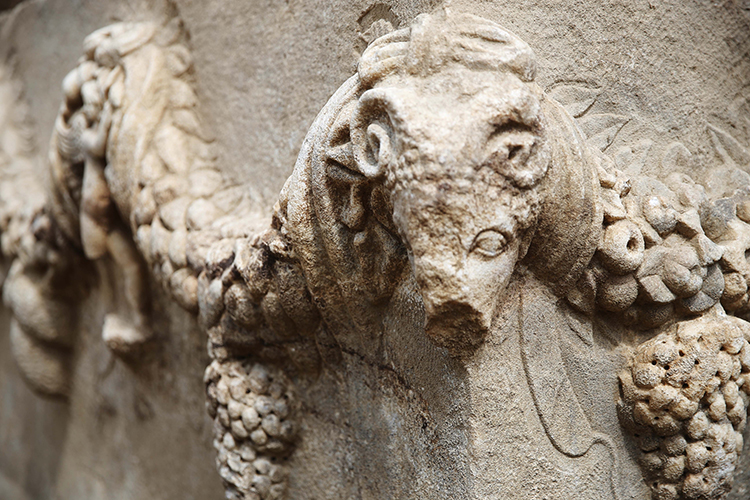
“Every Dig Could Be a New Hope”
Pointing out the well-preserved state of the figures on the sarcophagus, Söğüt continued: “It is possible to see the richness, splendor, and magnificence of approximately 2,000 years ago on this sarcophagus. The plant motifs, especially the garlands, are very beautiful and meticulously crafted. In addition to the ram heads at the corners, depictions of pine cones, vine and olive leaves, grapes, pomegranates, and poppies are present around it. Even when you look at the ram heads at the corners, you can understand the wealth and splendor of that period. The bull heads on the narrow sides and in the middle sections are some of the details that complete all the figures. Excavation work continues in the region. Every dig could be a new hope, a new artifact, and beautiful results for us.”
Söğüt added that this valuable sarcophagus, brought to light, will be exhibited in the area where other similar sarcophagi are located within the ancient city, allowing visitors to Stratonikeia to see this historical artifact up close.
Cover Photo: Durmuş Genç/AA
You may also like
- A 1700-year-old statue of Pan unearthed during the excavations at Polyeuktos in İstanbul
- The granary was found in the ancient city of Sebaste, founded by the first Roman emperor Augustus
- Donalar Kale Kapı Rock Tomb or Donalar Rock Tomb
- Theater emerges as works continue in ancient city of Perinthos
- Urartian King Argishti’s bronze shield revealed the name of an unknown country
- The religious center of Lycia, the ancient city of Letoon
- Who were the Luwians?
- A new study brings a fresh perspective on the Anatolian origin of the Indo-European languages
- Perhaps the oldest thermal treatment center in the world, which has been in continuous use for 2000 years -Basilica Therma Roman Bath or King’s Daughter-
- The largest synagogue of the ancient world, located in the ancient city of Sardis, is being restored

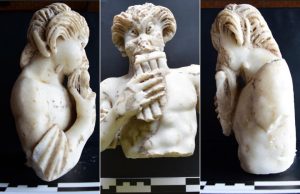
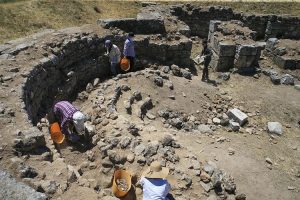
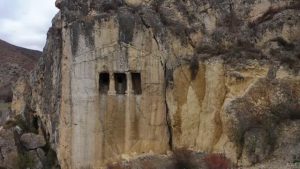
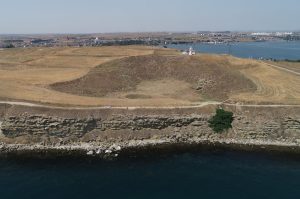
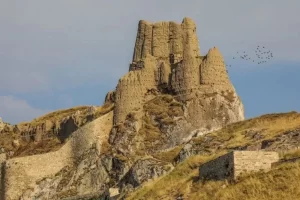



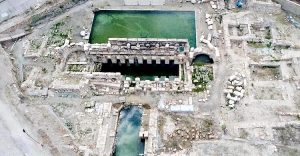
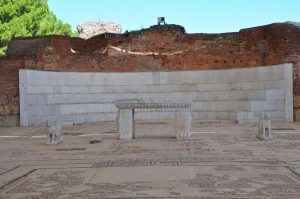
Leave a Reply